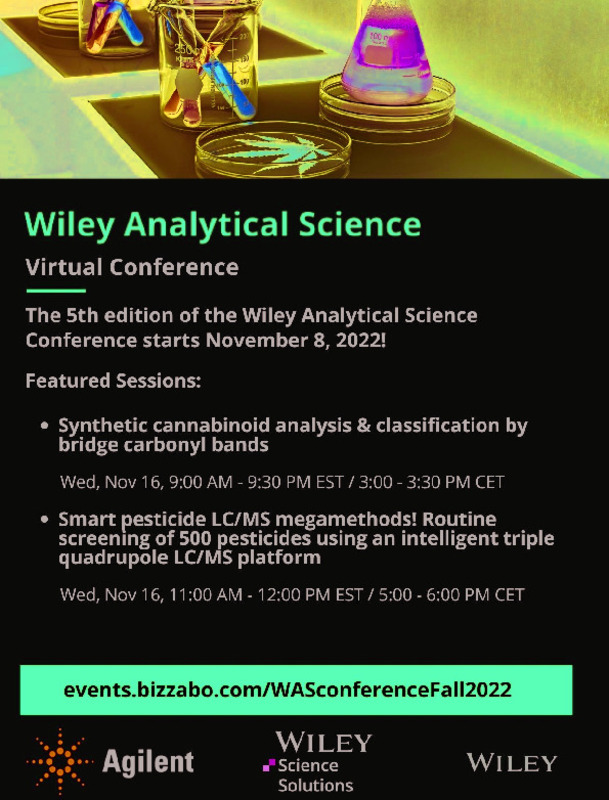JavaScript is disabled for your browser. Some features of this site may not work without it.
Buscar en RiuNet
Listar
Mi cuenta
Estadísticas
Ayuda RiuNet
Admin. UPV
Quality of a powdered grapefruit product formulated with biopolymers obtained by freeze-drying and spray-drying
Mostrar el registro completo del ítem
Egas-Astudillo, LA.; Martínez Navarrete, N.; Camacho Vidal, MM. (2021). Quality of a powdered grapefruit product formulated with biopolymers obtained by freeze-drying and spray-drying. Journal of Food Science. 86(6):2255-2263. https://doi.org/10.1111/1750-3841.15750
Por favor, use este identificador para citar o enlazar este ítem: http://hdl.handle.net/10251/189311
Ficheros en el ítem
Metadatos del ítem
| Título: | Quality of a powdered grapefruit product formulated with biopolymers obtained by freeze-drying and spray-drying | |
| Autor: | Egas-Astudillo, Luis Alberto | |
| Entidad UPV: |
|
|
| Fecha difusión: |
|
|
| Resumen: |
[EN] Freeze-drying and spray-drying are two techniques used to produce dehydrated food products. Both techniques are easy to use and offer high sensory, nutritive value, and functional quality to foods. However, both ...[+]
|
|
| Palabras clave: |
|
|
| Derechos de uso: | Reconocimiento (by) | |
| Fuente: |
|
|
| DOI: |
|
|
| Editorial: |
|
|
| Versión del editor: | https://doi.org/10.1111/1750-3841.15750 | |
| Código del Proyecto: |
|
|
| Agradecimientos: |
The authors thank the Ministerio de Economia y Competitividad and the Ministerio de Economia, Industria y Competitividad for the financial support given through the Projects AGL 2012-39103 and AGL 2017-89251-R (AEI/FEDER-UE), ...[+]
|
|
| Tipo: |
|









